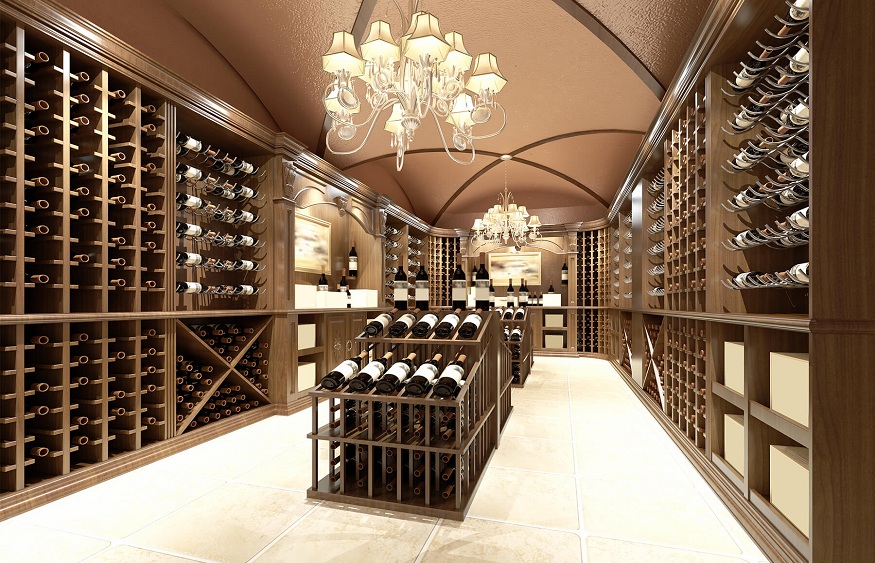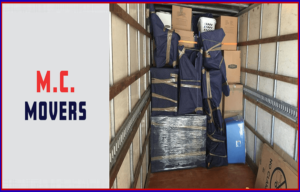
A guide to get perfect wine cellar cooling unit
Wine deserves an elegant sanctuary that not only boasts style but also shields its delightful essence from harsh surroundings. While some wine storage spaces benefit from naturally cool and damp underground areas, for most other potential storage sites, wine cellar refrigeration systems enable us to preserve precious collections in almost any room within a home or restaurant.
What to consider before investing in wine cellar cooling units?
Whether you’re a DIY enthusiast delving into a personal project or an architect outfitting a sizable restaurant cellar, consider these factors when establishing a climate-controlled environment.
- Various wine cellar cooling units are available for wine cellars, including self-contained, ducted, ductless, and split systems. The self-contained option, similar to a window AC unit, is the most budget-friendly and can be easily installed by almost anyone.
- Ducted systems utilize ducting similar to HVAC systems, drawing cooled air from a unit positioned in a maintenance room or outdoors while removing warm air from the cellar. Ductless systems follow a similar principle but use refrigeration-style tubing. Split systems, whether ducted or ductless, position the evaporator inside the cellar and the condenser outside. It’s important to note that all ducted and ductless systems mandate installation by a licensed HVAC professional.
- A common air conditioning unit operates by quickly cooling the air to reach a specific temperature, usually at least 10 degrees warmer than the optimal environment for a wine cellar. In contrast, wine cooling units run more consistently to maintain a cooler, stable temperature without sudden fluctuations. Additionally, these units also manage humidity levels within the cellar.
- The recommended cellar temperature is around 55 degrees, with an ideal humidity level of 70. However, preferences may vary based on geographical location and storage objectives. These figures serve as general benchmarks.
- The effectiveness of a wine cooling unit hinges on the cellar’s structural integrity. Failing to insulate the walls adequately, aiming for around R17 or higher, and neglecting factors contributing to heat transfer like cracks, doors, windows, or glass elements can lead to premature failure of the cooling system. Displays featuring extensive glass walls and doors may necessitate doubling the cooling capacity.
- Establishing a climate-controlled environment significantly alters your project budget, especially when contrasting it with passive wine cellars. The primary cost differential lies in the cooling unit itself, commencing at around $2,000 for a self-contained system and increasing with the unit’s size. Additionally, anticipate higher expenses to ensure proper insulation of the space, thus preventing cooling unit failure. However, the cost is subjective, considering that some cellars house tens of thousands, if not more, in bottles alone.
- The location of the cellar is crucial. Wine cooling systems have limitations. Placing a display away from direct sunlight, hot exterior walls, and other heat sources will reduce the workload on the cooling unit.
- Ideal temperatures for wines differ: A good red wine is often most enjoyable in the low 60-degree range, while white wine shines in the low 50s. Bubbles are best served at around 48 degrees. There are numerous self-contained storage fridges available that assist in achieving these serving temperatures.
- For long-term storage, red wine is kept slightly colder and whites a bit warmer than their ideal serving temperatures. Although 55 degrees is recommended, bear in mind that the colder wine is stored, the slower it will age.
At last
As any wine enthusiast understands, the optimal environment is crucial for wine to reach its full potential. Maintaining proper temperature and humidity levels is essential in coaxing out the best from your valuable wine collection, and the appropriate cooling unit is key to ensuring this in your wine cellar.


